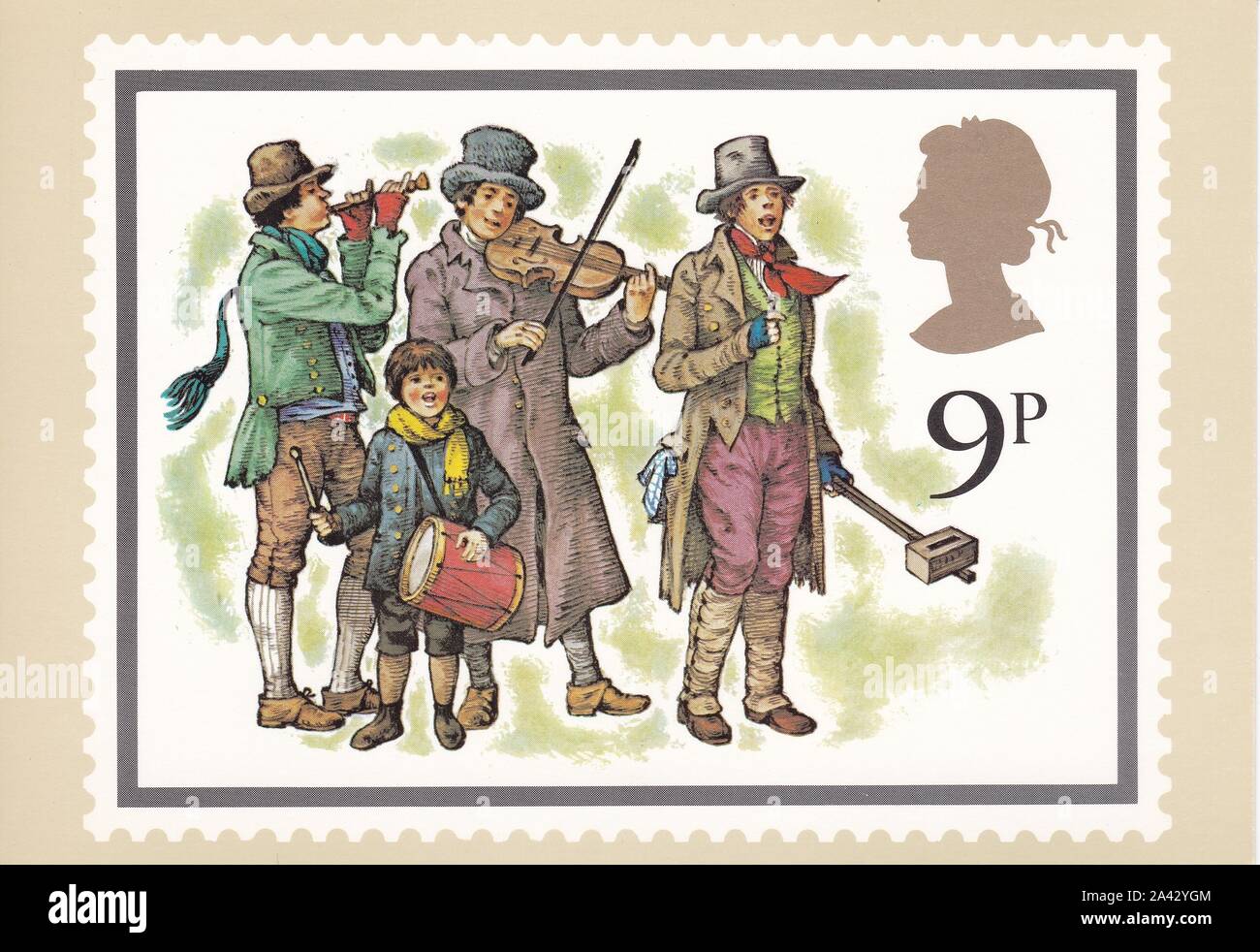(a) Studying overall performance

I received twelve bumble-bee (Bombus terrestris dalmatinus) territories, for each and every with 3040 workers, of Koppert Biological Systems (Berkel durante Rodenrijs, The netherlands). All professionals was exclusively designated on the thorax that have designated, coloured labels (Opalith labels; Religious Graze Kg, Germany). It greet men and women to end up being correctly recognized in both laboratory studying studies and you can occupation foraging products.
The newest bees was basically pre-trained to forage off 20 bicoloured, bluish and you will purple, fake plant life when you look at the a research flight stadium. Brand new rectangular, bicoloured herbs was basically made out of one or two halves (per twelve?24 mm): that red-colored (Perspex Yellow 260) and also the most other bluish (Perspex Blue 727). During pre-training, all of the bicoloured vegetation was basically compensated that have 50% (w/w) sucrose provider delivering before the colour-naive bees with the same possible opportunity to member each other colours which have reward (Raine mais aussi al. 2006b). Bees finishing at least five successive foraging bouts for the bicoloured vegetation were picked to own training. These foragers was basically taught personally, in an airline arena that features 10 bluish (Perspex Blue 727) and you can ten reddish (Perspex Purple 260) artificial plants (for every single 24?24 mm). Yellow herbs had been satisfying (for every contains fifteen ?l out of fifty% (w/w) sucrose solution), if you find yourself bluish plant life was empty (unrewarding). Bees was in fact thought to be opting for a flower when they either contacted (inspected) otherwise arrived inside. Landing to your a rose failed to fundamentally end up in a feeding (probing) feel. Thus, before probing an advisable (yellow) flower, bees you will like both red/satisfying otherwise bluish/unrewarding herbs because of the dealing with otherwise landing to them (as opposed to probing). Going for a reddish (rewarding) flower try considered correct’, if you are opting for a bluish (unrewarding) rose is considered getting a keen error’. We registered the possibility series made by for each and every bee regarding big date they basic inserted the latest journey stadium. Recording the newest rose choices for for every bee ceased once they got generated 99 rose selection following first-time it probed a rewarding (yellow) rose (Raine et al. 2006b). Therefore, for every single bee produced at the very least 100 flower choice, for instance the first time it probed a worthwhile flower, plus people possibilities made before this earliest probing event.
Flowers was changed in addition to their ranks re-randomized ranging from foraging bouts to stop bees playing with scent marks otherwise past flower positions since the predictors off award. Flower tones was basically chosen so bees had to beat their good, unlearned liking getting bluish, before associating certainly one of their innately least favoured colours (yellow) having award (Chittka ainsi que al. 2004; Raine ainsi que al. 2006a). Ten bees have been coached from for each and every nest (i.elizabeth. 180 bees altogether) ranging from 4 and you may . Thorax thickness dimensions was indeed removed for each of these bees once the a measure of human body size. Controlled lights to have laboratory studies is provided with higher-volume fluorescent bulbs (TMS 24F lamps which have cuatro.step three kHz ballasts (Philips, Holland) fitted with Activa daylight tubes (Osram, Germany)) to replicate absolute daylight above the bee flicker mix frequency.
(b) Understanding curves
The starting point for each bee’s read here learning curve was the proportion of errors made (blue flowers chosen) before the bee first probed a rewarding (yellow) flower. For bees making fewer than five flower choices (either by approaching or landing on them) before probing a rewarding flower (n=53), we used the colony mean proportion of errors (calculated from bees making five or more such choices). Flower choices made by each bee after (and including) the first time it probed a rewarding (yellow) flower were evaluated as the number of errors (blue flowers chosen) in each group of 10 choices. Learning curves (first-order exponential decay functions: y=y0+Ae ?x/t ) were fitted to these 11 data points (i.e. the start pointing and subsequent 10 groups of 10 flower choices) for each individual bee, using Microcal Origin (Chittka et al. 2004; Raine et al. 2006b), to capture the dynamic nature of the learning process. Here, x is the number of flower choices the bee made, starting with the first time it probed a yellow flower, and y is the number of errors. The saturation performance level (y0) is the number of errors made by a bee after finishing the learning process, i.e. when reaching a performance plateau. The decay constant (t) is a measure of learning speed: high values of t correspond to slow learning, whereas lower t values indicate faster learners. A is the curve amplitude: the maximum displacement (height) of the curve above y0. Both amplitude (A) and saturation performance (y0) were constrained between 0 and 10 for curve fitting. Eight (out of 180) bees showed no appreciable improvement in performance during the task, and the software generated learning curves’ that were essentially horizontal lines. These bees were excluded from subsequent analyses because their t values were either very high (>400) or negative.


